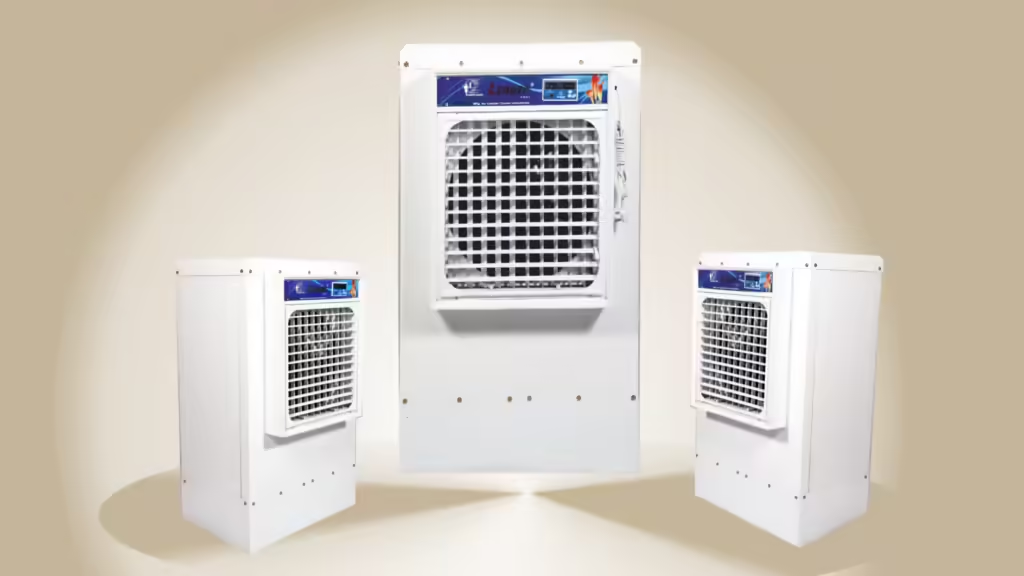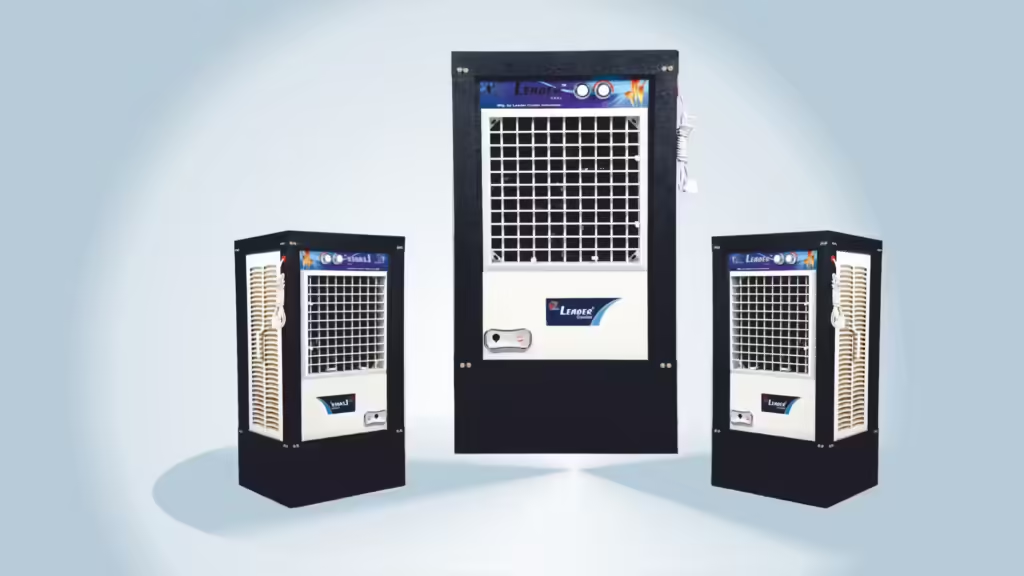Honeycomb Pad vs. Wood Wool Pad Coolers: A Comprehensive Comparison

When it comes to choosing the right cooler for your home or office, one of the key factors to consider is the type of cooling pad used in the cooler. At Leader Cooler Industries, where we specialize in manufacturing high-quality coolers, we understand that the choice between honeycomb pads and wood wool pads can significantly impact the efficiency and effectiveness of your cooling system. In this article, we will delve into the differences between honeycomb pads and wood wool pads, helping you make an informed decision for your cooling needs.
1. Introduction to Cooling Pads
Cooling pads are crucial components of evaporative coolers, playing a vital role in the cooling process. They work by absorbing water and providing a large surface area for air to pass through. As the air moves through the wet pad, it cools down before entering the room. The two most common types of cooling pads are honeycomb pads and wood wool pads.

2. Honeycomb Pads: Design and Benefits
a. Design and Structure
Honeycomb pads are made from cellulose paper that is treated to be both durable and absorbent. The pads are constructed in a honeycomb structure, which creates an extensive surface area for air to flow through. This design enhances the efficiency of the cooling process. The honeycomb pattern allows for optimal water distribution and air flow, leading to better cooling performance.
b. Durability and Maintenance
Honeycomb pads are known for their durability. They are resistant to wear and tear, and their structure does not break down easily over time. Cleaning honeycomb pads is relatively straightforward; they can be hosed down or brushed to remove debris and scale. Regular maintenance ensures that the pads continue to perform efficiently.
c. Efficiency and Performance
Honeycomb pads offer high efficiency due to their design. The large surface area and effective water distribution result in improved cooling performance. They are capable of cooling larger spaces and provide consistent temperature control. The efficiency of honeycomb pads also means that they consume less water compared to wood wool pads, making them a more water-efficient option.
d. Cost and Longevity
While honeycomb pads may have a higher initial cost compared to wood wool pads, their longevity and performance often justify the investment. They typically last longer and require less frequent replacement. Over time, the cost savings in maintenance and replacement can offset the higher upfront cost.
3. Wood Wool Pads: Design and Benefits

a. Design and Structure
Wood wool pads, also known as aspen pads, are made from thin slats of wood wool compressed together. These pads are designed to provide a large surface area for water absorption and air flow. The natural wood fibers offer a different texture and structure compared to honeycomb pads.
b. Durability and Maintenance
Wood wool pads are generally less durable than honeycomb pads. They are more prone to deterioration and can break down over time, especially if not properly maintained. Cleaning wood wool pads can be more challenging, as they tend to accumulate dirt and debris more readily. Regular cleaning and maintenance are essential to ensure optimal performance.
c. Efficiency and Performance
Wood wool pads offer reasonable cooling efficiency, but they are often less effective than honeycomb pads. The wood fibers can become clogged with debris and scale, reducing their cooling performance. Additionally, wood wool pads tend to require more water to achieve the same cooling effect as honeycomb pads. This can lead to higher water consumption and potentially higher operating costs.
d. Cost and Longevity
Wood wool pads are usually less expensive than honeycomb pads initially. However, their shorter lifespan and higher maintenance requirements can lead to increased long-term costs. Frequent replacement and additional maintenance efforts can offset the initial cost savings.
4. Comparative Analysis: Honeycomb Pads vs. Wood Wool Pads
a. Cooling Efficiency
Honeycomb pads generally offer better cooling efficiency compared to wood wool pads. The honeycomb structure allows for more effective air and water distribution, leading to improved cooling performance. Wood wool pads, while effective, may not provide the same level of cooling efficiency, especially if they become clogged with debris.
b. Durability and Maintenance
In terms of durability, honeycomb pads are superior. They are less prone to deterioration and require less frequent replacement. Wood wool pads, on the other hand, have a shorter lifespan and may need to be replaced more often. Maintenance for honeycomb pads is also simpler and less time-consuming compared to wood wool pads.
c. Water Consumption
Honeycomb pads are more water-efficient, requiring less water to achieve effective cooling. This can result in lower water bills and a more environmentally friendly operation. Wood wool pads typically require more water, which can increase operational costs and impact water usage.
d. Cost Considerations
While honeycomb pads have a higher initial cost, their durability and efficiency can provide cost savings in the long run. Wood wool pads may be more affordable upfront, but their shorter lifespan and higher maintenance requirements can lead to increased overall costs.
5. Choosing the Right Cooling Pad for Your Needs
a. Factors to Consider
When deciding between honeycomb pads and wood wool pads, consider the following factors:
- Cooling Needs: If you require efficient cooling for a larger space, honeycomb pads may be the better choice.
- Budget: Evaluate your budget for both initial costs and long-term maintenance. Honeycomb pads may have a higher upfront cost but could save money over time.
- Maintenance Preferences: If you prefer low-maintenance options, honeycomb pads are more suitable.
b. Recommendations
At Leader Cooler Industries, we recommend honeycomb pads for their superior efficiency, durability, and water efficiency. However, if your budget is a primary concern and you are willing to manage more frequent maintenance, wood wool pads can still provide adequate cooling.
6. Conclusion
Choosing the right cooling pad is essential for maximizing the performance and efficiency of your cooler. Honeycomb pads and wood wool pads each have their advantages and disadvantages. Honeycomb pads offer better cooling efficiency, durability, and water efficiency, making them a preferred choice for many applications. Wood wool pads, while more affordable upfront, may require more maintenance and have a shorter lifespan.
At Leader Cooler Industries, we are committed to providing high-quality coolers with advanced features to meet your cooling needs. Whether you choose honeycomb or wood wool pads, we ensure that our products deliver exceptional performance and value. For more information on our range of coolers and cooling pads, visit our website or contact us directly.
By understanding the differences between honeycomb pads and wood wool pads, you can make an informed decision that best suits your cooling requirements and budget. At Leader Cooler Industries, we are here to assist you in finding the perfect cooler to keep you comfortable and cool.